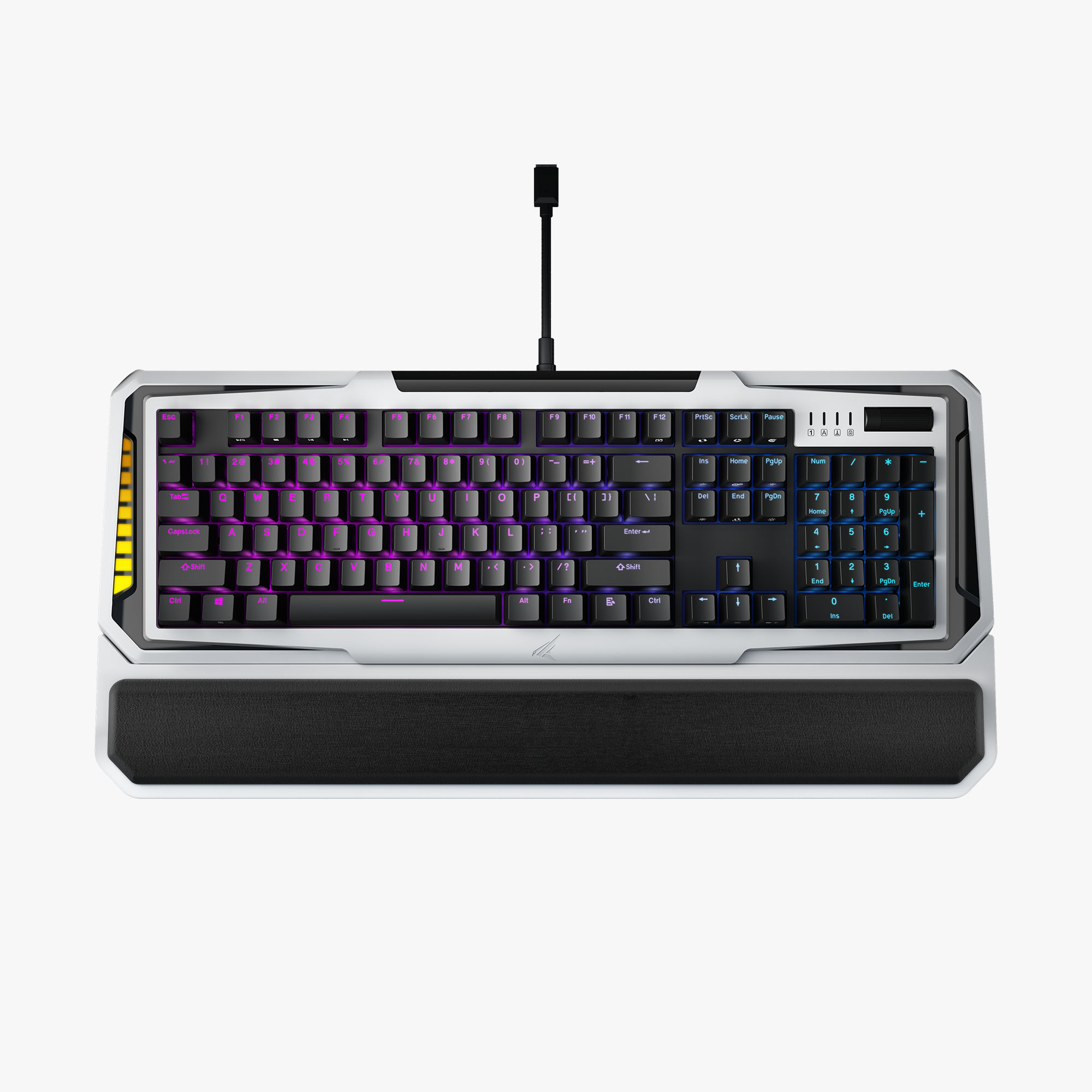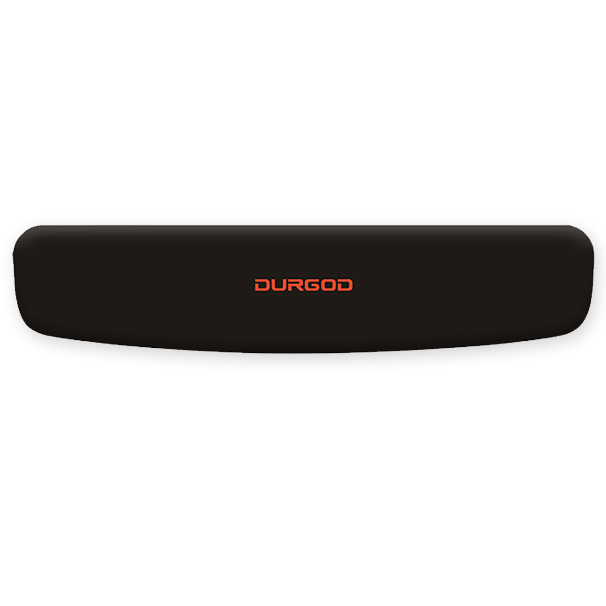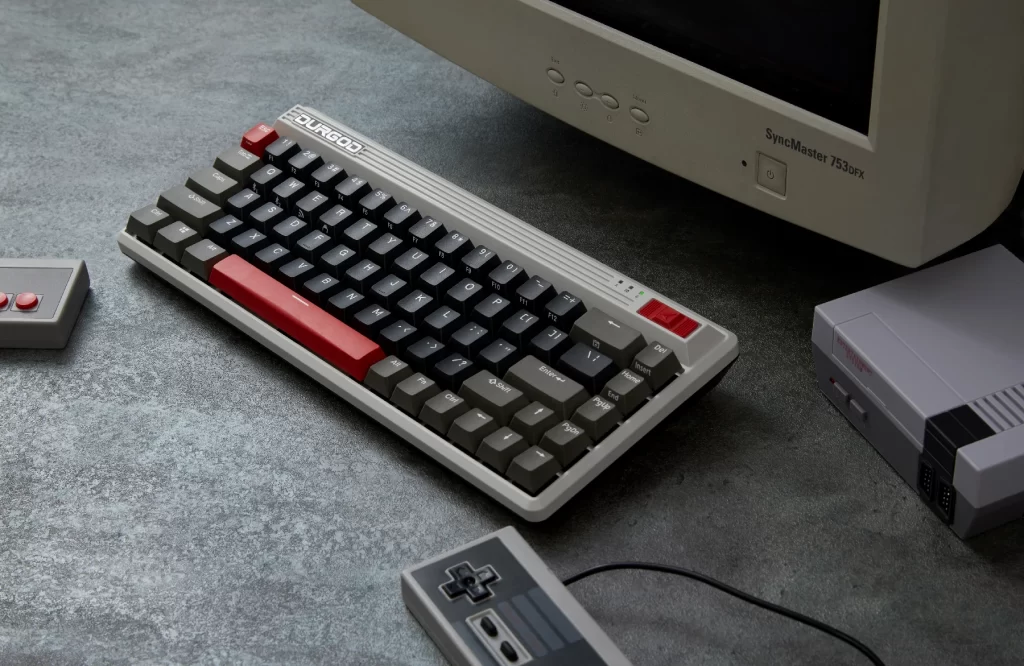
Maintaining wrist rest cleaning is essential for ensuring a hygienic and comfortable workspace. Given its role in reducing wrist strain alongside keyboards or mice, it’s prone to accumulating dirt, skin oils, and bacteria. This detailed analysis explores the varied materials of wrist rests and outlines appropriate cleaning techniques for each.
Types of Wrist Rests and Their Cleaning Methods
-
Foam and Gel Wrist Rests:
- These are usually covered in cloth or synthetic materials and require gentle cleaning methods to avoid damage.
-
Wooden or Hard Plastic Wrist Rests:
- These materials are simpler to clean but may scratch easily, necessitating cautious handling.
-
Leather or Faux Leather Wrist Rests:
- Specialized cleaning methods are needed to preserve these materials without compromising their integrity.
Process for Cleaning Foam and Gel Wrist Rests
-
Pre-Cleaning:
- Begin by gently removing any loose debris.
-
Spot Cleaning:
- A damp cloth with mild soap should be used for spot cleaning, applying gentle pressure to avoid fabric damage.
-
Rinsing (If Applicable):
- For removable covers, rinse under water. Use a damp cloth to remove soap from non-removable covers.
-
Drying:
- Use a dry towel to blot excess moisture, then let it air dry completely, avoiding direct heat or sunlight.
Cleaning Procedure for Wooden or Hard Plastic Wristrests
-
Wiping:
- A slightly damp cloth, with or without mild cleaner, is effective for surface cleaning.
-
Drying:
- Immediately dry with a clean cloth to prevent water damage.
Cleaning the Leather Wristrests
-
Leather Cleaner:
- Apply a leather-specific cleaner to a cloth, then to the wrist rest, ensuring not to oversaturate the leather.
-
Gentle Wiping:
- Wipe gently, maintaining the material’s condition.
-
Conditioning:
- Use a leather conditioner post-cleaning to keep the material flexible and prevent cracks.
Tips and Best Practices
-
Regular Cleaning:
- Regular cleaning prevents grime and bacterial buildup.
-
Avoid Harsh Chemicals:
- Delicate materials like foam, gel, and leather should not be exposed to aggressive cleaners.
-
Test Spot Cleaning:
- Always test a new cleaning product on a small, hidden area first.
-
Proper Drying:
- Ensure the wrist rest is fully dry before reuse to avoid skin irritation or accessory damage.
-
Hygiene:
- Disinfectant wipes offer extra cleanliness, especially in shared environments.
Conclusion
The cleanliness of a wrist rest significantly contributes to a hygienic and comfortable workspace. Different materials necessitate specific cleaning approaches to ensure thorough yet safe cleaning. Through regular maintenance, the workspace remains clean, and the wrist rest’s lifespan is extended, promoting ongoing comfort and ergonomic support.
For more knowledge of mechanical keyboards, visit DURGOD.















